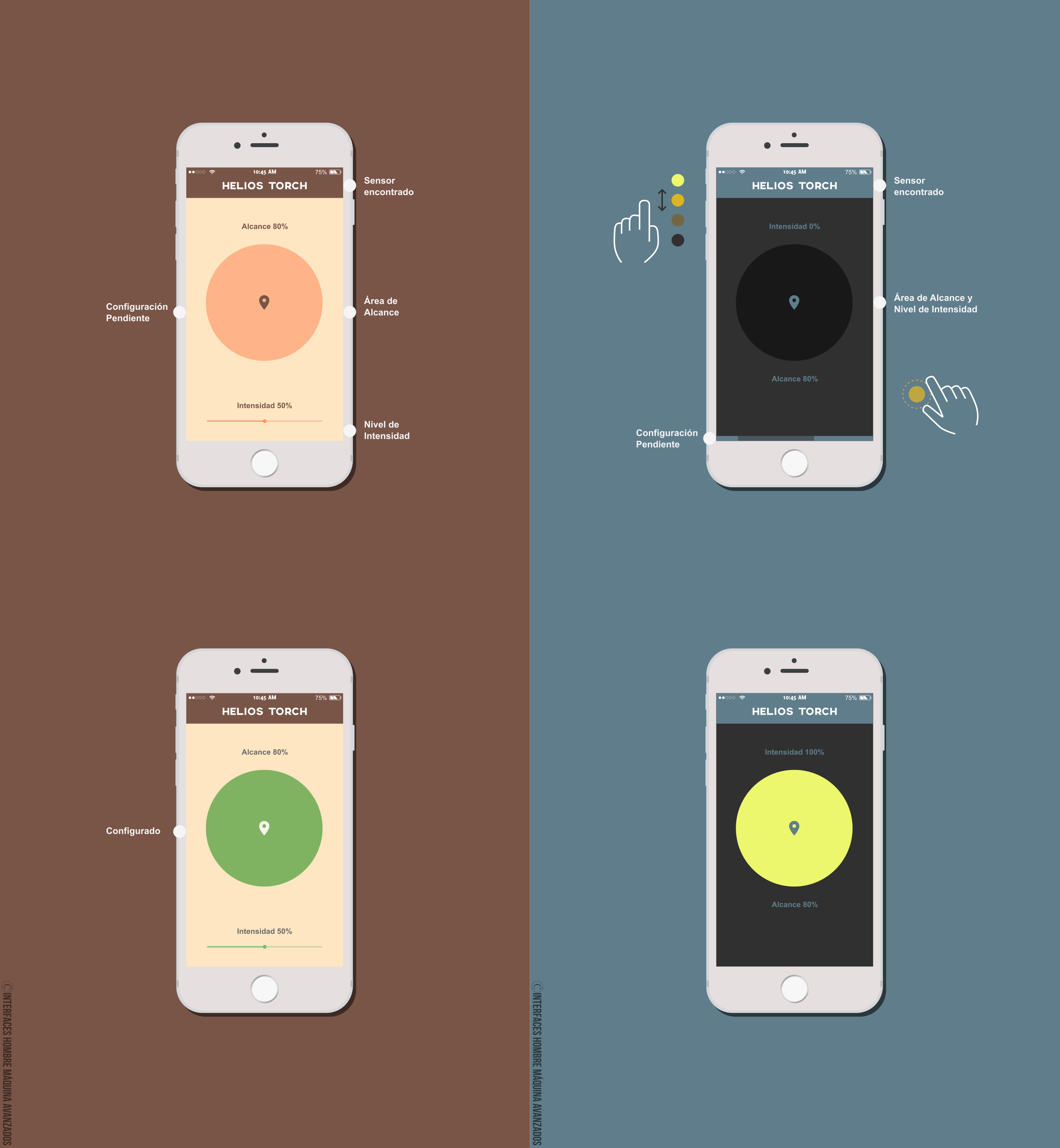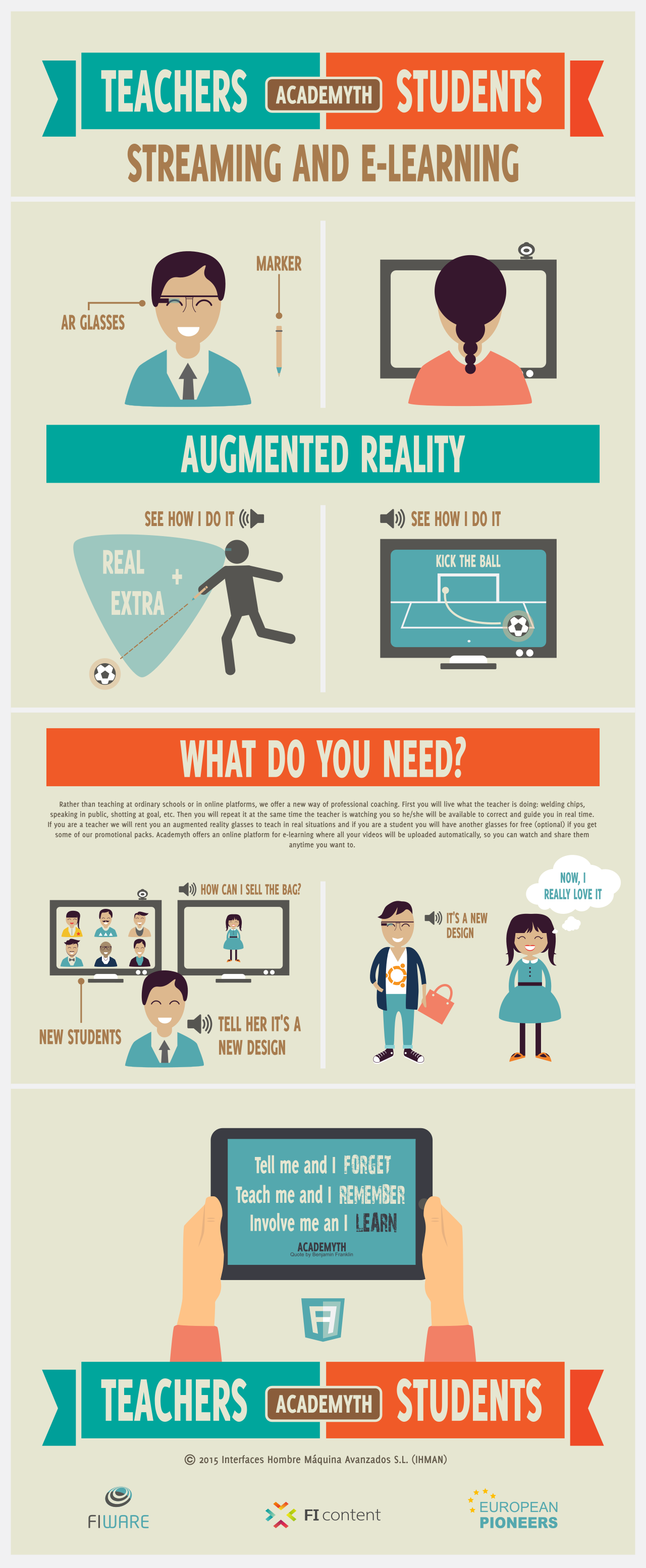Here you are, our Smart Radio Network installations in Spain. Any of these mesh networks works in the Free Band frequency, so you don’t have to pay for comunications. The maximum scope between two isolated nodes is up to 1 km. This is our own technology:
There are also others technologies, such as WiFi, Zigbee, etc; but they don’t have enough scope or they are more expensive in practice. Some competitors like Philip are using 3G/4G but that makes you pay each month per each node and they cannot control as many nodes as we do, we have networks with up to 3000 nodes and growing up. Some of our current customer came from competitors solutions.
In Helios, our lighting system, we are using our network to control each light individually, groups and monitoring consumption. We solve the energy deficiencies and cost of lighting in cities, we reduce human resources of lighting maintenance and detect lighting problems. Citizen wanted better quality services, they used to be the ones who notify lighting problems. With Helios one person can manage many installations at the same time. Full remote control of your lighting and consumption.
I’m really proud of what we have created because we reduce contamination, energy and costs. These things are possible when you work with a great team full of good values with a common goal: a better world.
🙂
Currently, we are doing research to modify our radio transmission network into a network for the Internet of Things. A network full of sensors: presence, movements, contamination, temperature, noise detections, etc. Once we have installed our new firmware, it will be so easy to add sensors. The lights have created the city network for that.
- With presence detectors (commercial devices) in our network, we can light up those bus stop where there are people standing, crosswalks and so on.
- Using modules in trash tracks we can light up the street where the workers are, and change the illumination in real time at the same time they are moving, while they are driving to the next container.
- We will be able to detect contamination per zones or even on streets.
- We will be able to stop extra irrigation of green zones detecting humidity.
- We will be able to control traffic lights.



